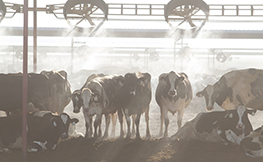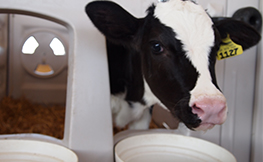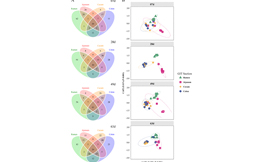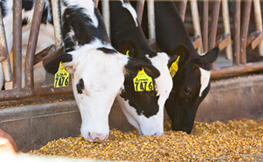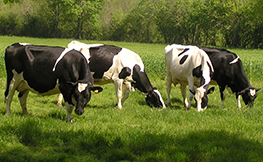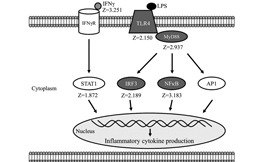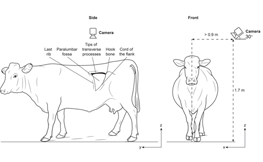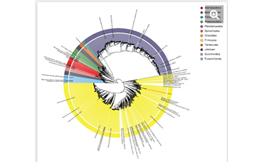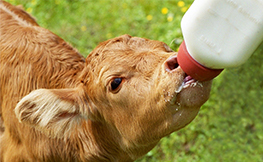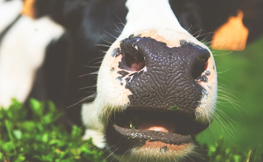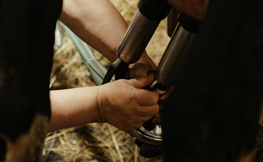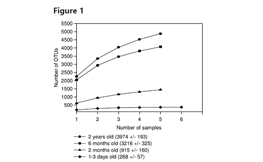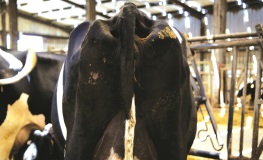
Loss of body condition score and lameness in dairy cows
Published on 03/01/2015
A study that looks at the relationship between loss of body condition score (BCS) and lameness in dairy cows concluding that both loss of BCS and increase of BCS could influence the risk of becoming lame and the chance of recovery from lameness. The researchers suggest that regular monitoring and maintenance of BCS on farms are key tools to reduce lameness.
Read the abstract on the website of the National Center for Biotechnology Information
